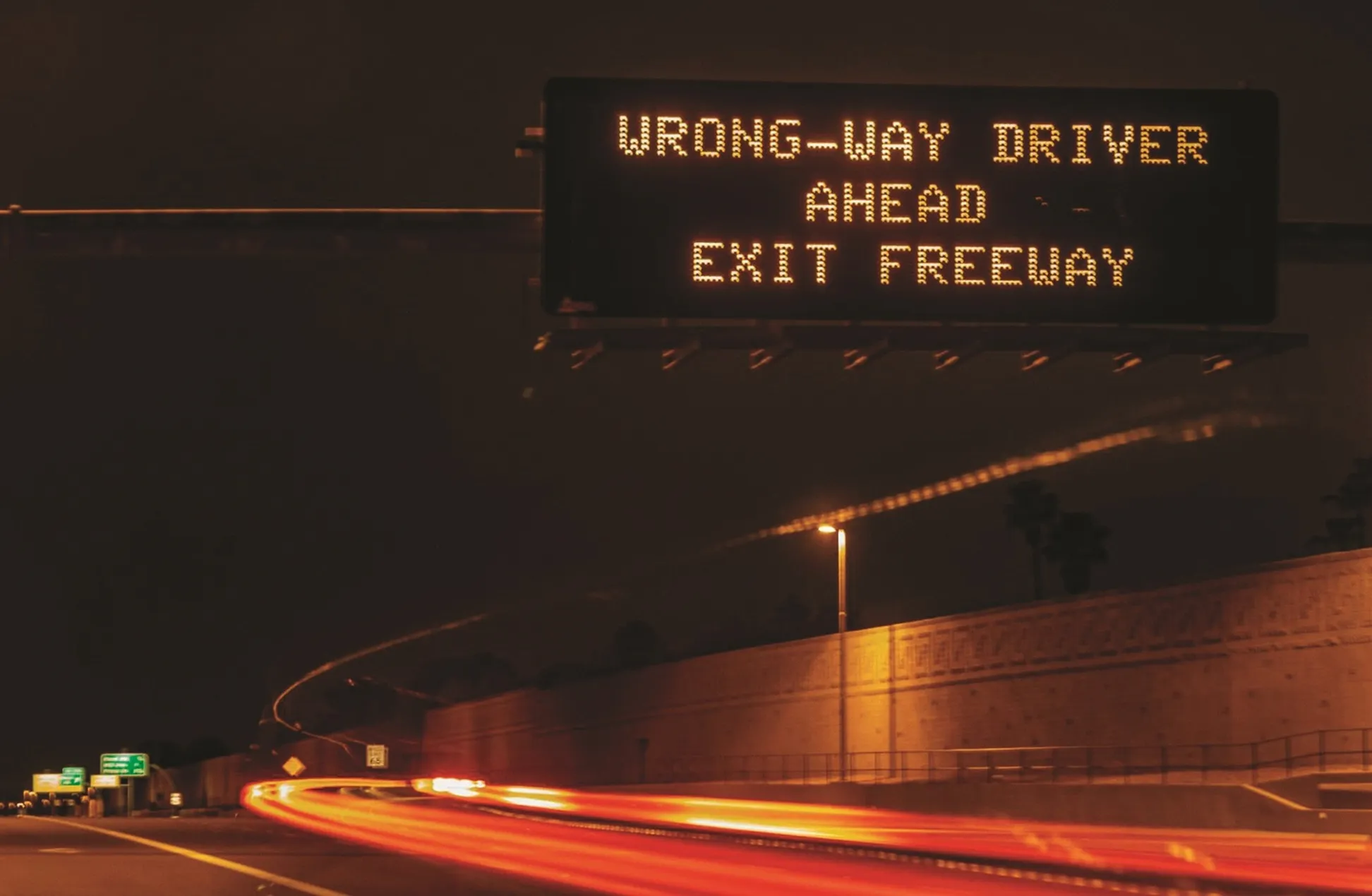International engineering and consulting firm Michael Baker International, in conjunction with the National Alliance for Public Safety GIS (NAPSG) Foundation, has been awarded a contract with the United States Department of Homeland Security (DHS) Science and Technology Directorate to develop national guidelines and a solution that provides first responders with real-time information prior to and during emergencies.
The emergency response guidelines and solution aim to address the need for timely, reli
October 26, 2016
Read time: 2 mins
International engineering and consulting firm Michael Baker International, in conjunction with the National Alliance for Public Safety GIS (NAPSG) Foundation, has been awarded a contract with the United States Department of Homeland Security (DHS) Science and Technology Directorate to develop national guidelines and a solution that provides first responders with real-time information prior to and during emergencies.
The emergency response guidelines and solution aim to address the need for timely, reliable and accessible sources of accurate and reliable information before and during flooding events to ensure an efficient emergency response during flash floods, dam failures and traffic gridlock.
Michael Baker and the NAPSG Foundation will work directly with first responders in three test regions to identify insights on best practices for flood response. This will enable the development and release of a scalable and repeatable process for determining operational information needs, core data and attribution needed at the local level.
Once the project is completed, local emergency responders will have guidelines on how to access current, relevant and trusted critical operational information to drive informed decision making; on the other hand, technology providers will have guidelines for solution development and implementation.
The emergency response guidelines and solution aim to address the need for timely, reliable and accessible sources of accurate and reliable information before and during flooding events to ensure an efficient emergency response during flash floods, dam failures and traffic gridlock.
Michael Baker and the NAPSG Foundation will work directly with first responders in three test regions to identify insights on best practices for flood response. This will enable the development and release of a scalable and repeatable process for determining operational information needs, core data and attribution needed at the local level.
Once the project is completed, local emergency responders will have guidelines on how to access current, relevant and trusted critical operational information to drive informed decision making; on the other hand, technology providers will have guidelines for solution development and implementation.










